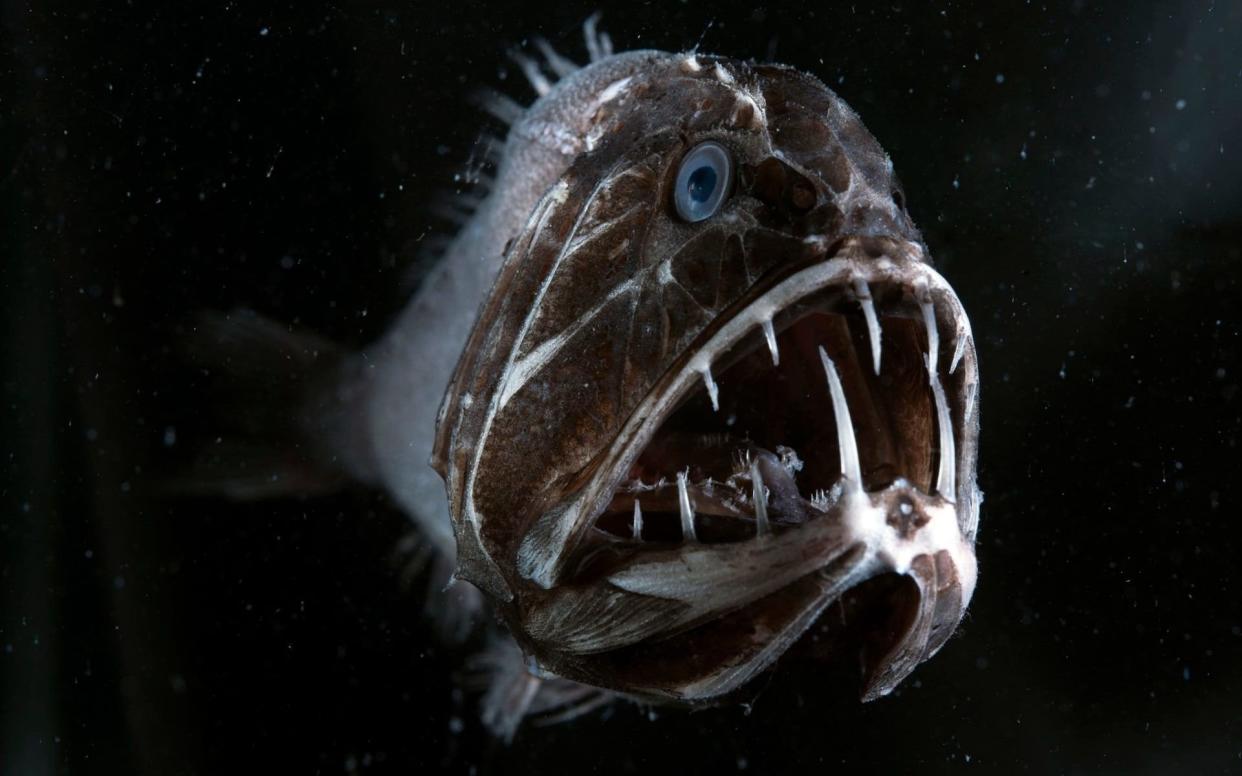Natural History Museum exhibition to show spooky sea creatures that never see the light of day

Alien-like creatures from the darkest depths of the oceans will be brought into daylight by experts at the Natural History Museum.
The aquatic beasts, usually only seen in wildlife documentaries such as Blue Planet, will go on show in a new exhibition next month.
More than 100 creatures including a blind cave fish that navigates without eyes, moths that scare away attackers by screaming and a vampire squid that can turn itself inside out to dodge predators, will all go on show.
Visitors to the immersive exhibition will be able to step into the shadowy world through bat-filled caves down to the darkest reaches of the sea where these unique creatures have adapted to their pitch-black surroundings.
Clare Matterson, the museum’s director of engagement, said it would bring “the astounding diversity of the natural world to life”. She added: “This is a thrilling exhibition that transports visitors to the other-worldly realms of the deep sea and caves, and challenges what we think we know about the creatures that inhabit the night.”

The show is the latest part of the museum’s drive to focus on the conservation of living species rather than the preservation of the extinct, which saw its famous 85ft-long diplodocus cast Dippy replaced with the skeleton of a blue whale in the main exhibition space.
Behind the scenes, it has also welcomed a haul of more than 500 fantastical creatures from the South Atlantic Ocean as part of its ongoing programme of research.
Senior curator of fish James Maclaine, among the team tasked with sorting through the new additions trawled from waters around the island of Tristan da Cunha, said: “There are about 200-odd fishes, a whole load of shrimps, crustaceans and a whole load of molluscs as well.
“They’ve ended up with us because this is the place t deposit specimens if you want them to be available to the scientific community, the first place a lot of scientists are going to come to look at specimens is us.”
The Foreign Office-funded research trip used specialised scientific nets to fish below what experts call “the twilight zone”, where animals spend their entire lives in almost total darkness.
The haul includes a previously-unknown species of octopus as well as “eight or nine specimens” of Angler Fish which may include another unknown species.
The gruesome-looking creatures emit light from a growth on their heads to catch their prey.
Life in the Dark, which is free for children aged 16 and under, runs from July 13 to January 6.

 Yahoo News
Yahoo News 
